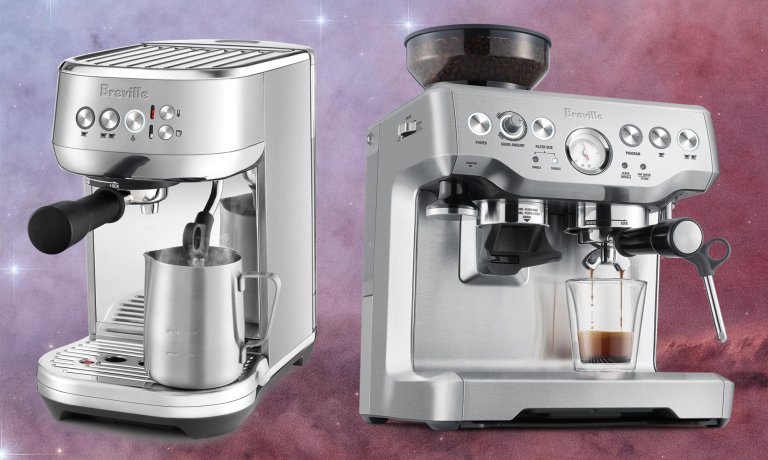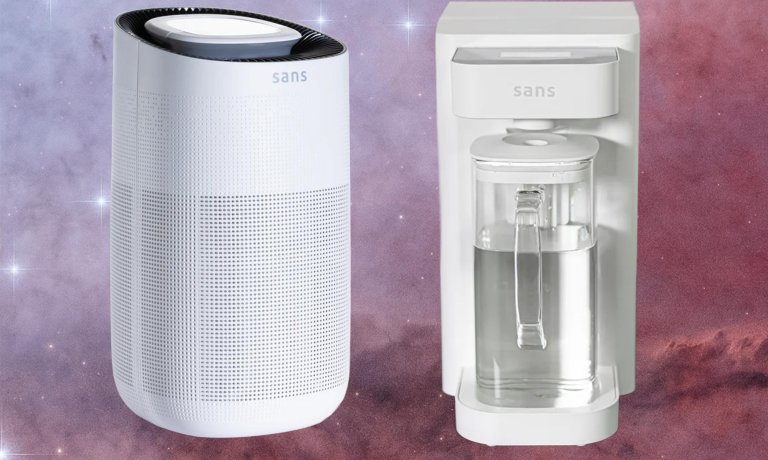Gear
News, roundups, and reviews of the technology that shapes the way we live.
Latest in Gear

Sponsored Content
Standardize smarter prompts for $39 with PromptBuilder’s lifetime plan
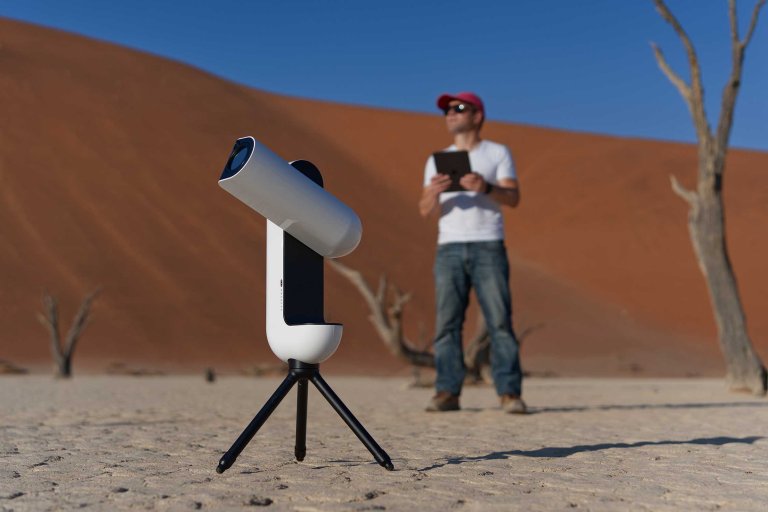
Sponsored Content
Stargaze smarter with $500 off the Vespera Pro

Sponsored Content
One Day Only: This AI-powered stock picker on sale
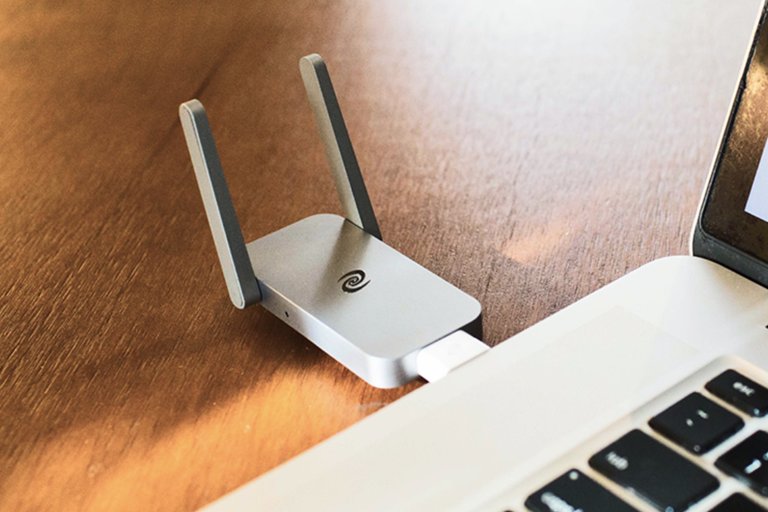
Sponsored Content
A pocket-sized IP protector — this portable VPN is 26% off

Sponsored Content
Get Word, Excel, PowerPoint, and more for life for under $20

Sponsored Content
Relive your childhood with this retro super console, now only $85
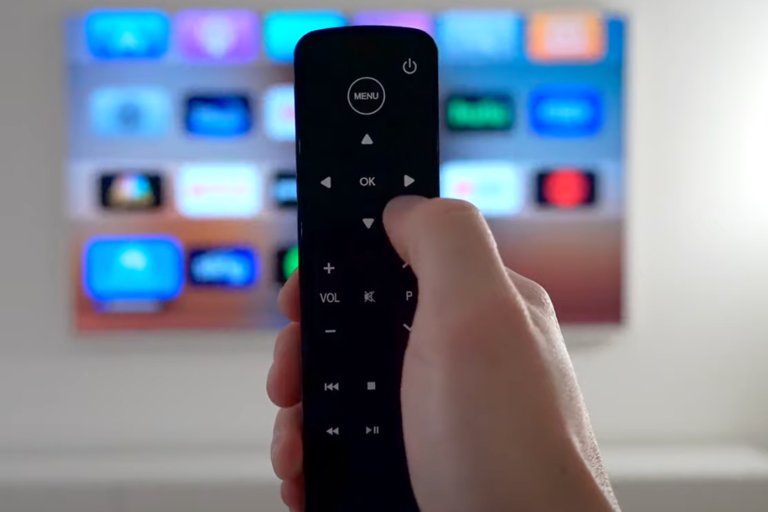
Sponsored Content
A smarter Apple TV remote that feels familiar for $25
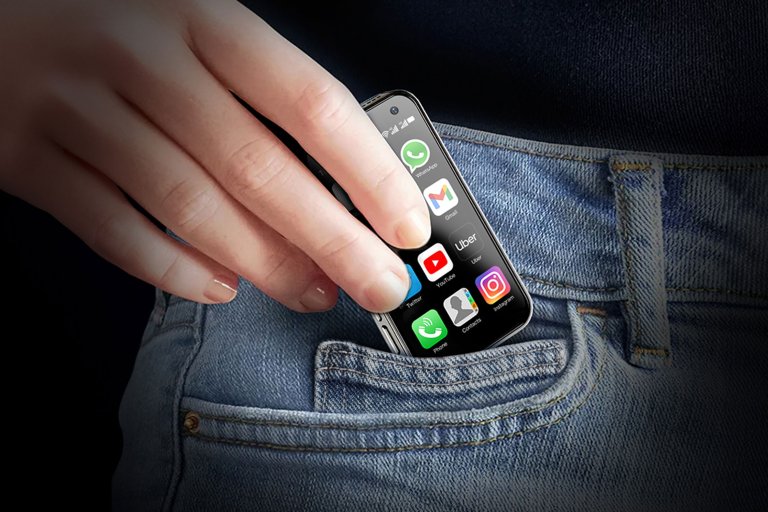
Sponsored Content
A phone smaller than your palm is on sale for 58% off

Sponsored Content
This compact AI telescope is now 50 percent off

Sponsored Content


